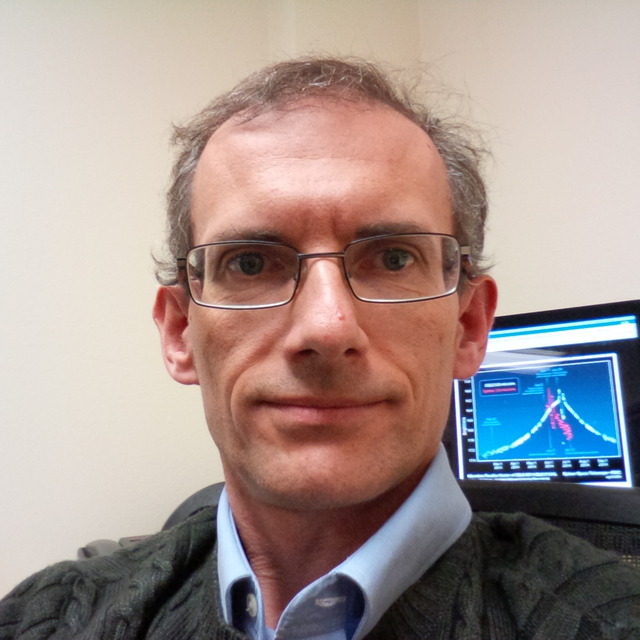January
2018
•
2018ApJ...853...70U
Authors
•
Udalski, A.
•
Han, C.
•
Bozza, V.
•
Gould, A.
•
Bond, I. A.
•
and
•
Mróz, P.
•
Skowron, J.
•
Wyrzykowski, Ł.
•
Szymański, M. K.
•
Soszyński, I.
•
Ulaczyk, K.
•
Poleski, R.
•
Pietrukowicz, P.
•
Kozłowski, S.
•
OGLE Collaboration
•
Abe, F.
•
Barry, R.
•
Bennett, D. P.
•
Bhattacharya, A.
•
Donachie, M.
•
Evans, P.
•
Fukui, A.
•
Hirao, Y.
•
Itow, Y.
•
Kawasaki, K.
•
Koshimoto, N.
•
Li, M. C. A.
•
Ling, C. H.
•
Masuda, K.
•
Matsubara, Y.
•
Miyazaki, S.
•
Munakata, H.
•
Muraki, Y.
•
Nagakane, M.
•
Ohnishi, K.
•
Ranc, C.
•
Rattenbury, N.
•
Saito, T.
•
Sharan, A.
•
Sullivan, D. J.
•
Sumi, T.
•
Suzuki, D.
•
Tristram, P. J.
•
Yamada, T.
•
Yonehara, A.
•
MOA Collaboration
•
Street, R. A.
•
Tsapras, Y.
•
Bachelet, E.
•
Bramich, D. M.
•
DÁgo, G.
•
Dominik, M.
•
Figuera Jaimes, R.
•
Horne, K.
•
Hundertmark, M.
•
Kains, N.
•
Menzies, J.
•
Schmidt, R.
•
Snodgrass, C.
•
Steele, I. A.
•
Wambsganss, J.
•
Robonet Collaboration
•
Pogge, R. W.
•
Jung, Y. K.
•
Shin, I. -G.
•
Yee, J. C.
•
Kim, W. -T.
•
μFun Collaboration
•
Beichman, C.
•
Carey, S.
•
Calchi Novati, S.
•
Zhu, W.
•
Spitzer Team
Abstract
•
We present the analysis of the binary-microlensing event OGLE-2014-BLG-0289. The event light curve exhibits five very unusual peaks, four of which were produced by caustic crossings and the other by a cusp approach. It is found that the quintuple-peak features of the light curve provide tight constraints on the source trajectory, enabling us to precisely and accurately measure the microlensing parallax {π }{{E}}. Furthermore, the three resolved caustics allow us to measure the angular Einstein radius {θ }{{E}}. From the combination of {π }{{E}} and {θ }{{E}}, the physical lens parameters are uniquely determined. It is found that the lens is a binary composed of two M dwarfs with masses {M}1=0.52+/- 0.04 {M}⊙ and {M}2=0.42+/- 0.03 {M}⊙ separated in projection by {a}\perp =6.4+/- 0.5 {au}. The lens is located in the disk with a distance of {D}{{L}}=3.3+/- 0.3 {kpc}. The reason for the absence of a lensing signal in the Spitzer data is that the time of observation corresponds to the flat region of the light curve.
Links




